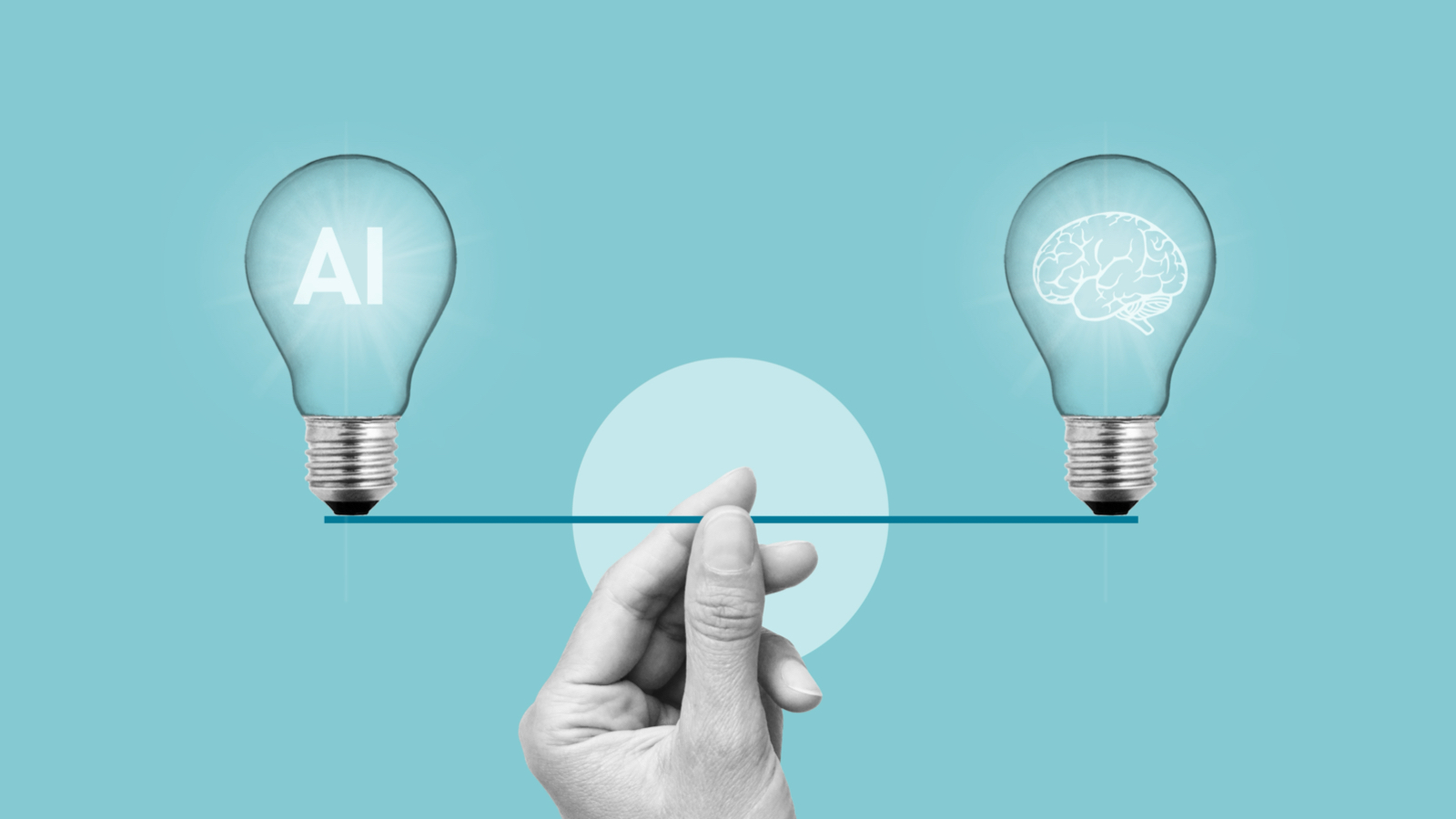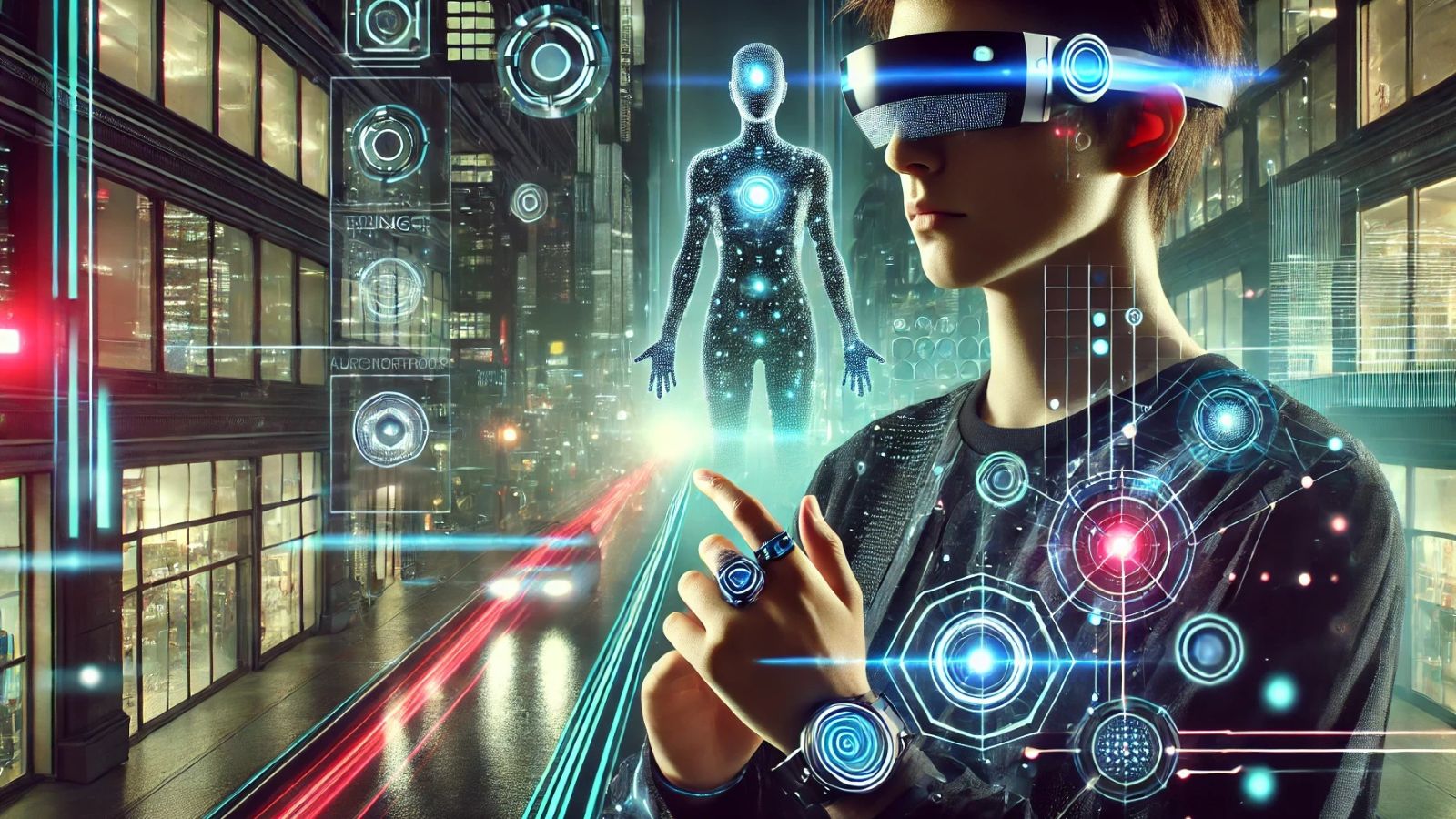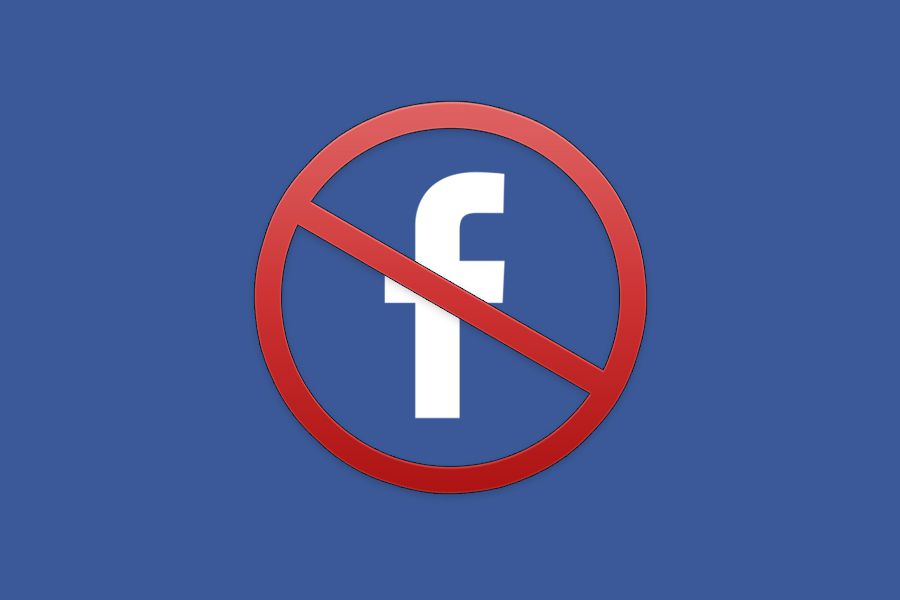Navigating the Modern Tech Landscape: Trends, Challenges, and the Future of Innovation

The technology landscape has evolved dramatically in recent years, fueled by breakthroughs in artificial intelligence (AI), edge computing, blockchain, quantum computing, and next-generation connectivity. What was once the domain of specialists and hobbyists is now an essential driver of every major industry—from healthcare to agriculture, finance to education. As we move further into the digital age, staying informed about general technology trends is more critical than ever. This article explores the key tech developments shaping the modern world, the challenges they bring, and what the future might hold.
1. Artificial Intelligence: Beyond the Buzzword
Artificial Intelligence (AI) is no longer a futuristic concept—it’s here and deeply integrated into everyday life. From personalized content recommendations on streaming platforms to AI-powered chatbots handling customer service, AI technologies are becoming increasingly sophisticated.
Generative AI, such as ChatGPT and DALL·E, is transforming how we create content, conduct research, and automate complex tasks. In healthcare, AI algorithms assist in diagnosing diseases with higher accuracy, while in finance, they manage risk and detect fraud.
However, as AI becomes more powerful, ethical considerations grow. Issues such as bias in algorithms, data privacy, and the displacement of human jobs are at the forefront of policy discussions. The need for AI governance frameworks and ethical AI development is greater than ever.
2. The Rise of Edge Computing
With the explosion of Internet of Things (IoT) devices—smart thermostats, wearables, autonomous vehicles—comes a massive influx of data. Sending all this data to centralized cloud servers can result in latency and security vulnerabilities. Enter edge computing.
Edge computing processes data closer to where it’s generated. This not only reduces latency but also enhances data privacy and conserves bandwidth. Applications such as real-time video processing in surveillance systems, autonomous vehicle navigation, and smart manufacturing rely on edge computing for faster and more reliable performance.

3. Cybersecurity in an Era of Constant Connectivity
As technology advances, so do cyber threats. With increasing dependency on digital platforms, cybersecurity has become a core concern for governments, businesses, and individuals alike.
Ransomware attacks, phishing schemes, and data breaches are becoming more sophisticated. In 2025, cybersecurity is no longer optional—it is a necessity embedded into every stage of product development and service delivery.
Zero Trust Architecture (ZTA), biometric authentication, and AI-driven threat detection are among the top trends shaping modern cybersecurity strategies. Moreover, consumer awareness around digital hygiene—like using multi-factor authentication and secure passwords—is also on the rise.
4. Blockchain Beyond Cryptocurrency
While most people associate blockchain with cryptocurrencies like Bitcoin or Ethereum, its applications go far beyond digital coins.
Blockchain’s decentralized, transparent, and tamper-proof nature makes it ideal for industries that require secure and verifiable record-keeping. Supply chain management, digital identity verification, and voting systems are some of the sectors benefiting from blockchain technology.
For example, IBM’s blockchain solutions are helping companies trace food origins, reducing fraud and increasing accountability. In the art world, NFTs (non-fungible tokens) have revolutionized how artists monetize and protect their digital works.
5. Quantum Computing: The Next Frontier
Quantum computing remains in the experimental phase, but its potential to revolutionize industries is enormous. Unlike classical computers that use bits (0s and 1s), quantum computers use qubits, which can represent multiple states simultaneously.
This opens the door to solving problems too complex for today’s most powerful supercomputers—like simulating molecular structures for drug discovery or optimizing logistics in real-time across global supply chains.
Tech giants like Google, IBM, and startups like Rigetti are making significant strides in building scalable quantum computers. While commercial viability may still be years away, investments in this field are booming.
6. Sustainability and Green Tech
The tech sector is increasingly under pressure to reduce its environmental impact. Data centers consume vast amounts of electricity, and the production of electronic devices generates considerable e-waste.
Green technology initiatives are gaining momentum. Innovations include energy-efficient processors, biodegradable electronics, and carbon-neutral cloud services. Companies like Microsoft and Apple have committed to reaching net-zero carbon emissions in the next decade.
Sustainable tech also includes solutions that help other sectors reduce their footprint—such as precision agriculture tools that optimize water usage and AI models that improve energy grid efficiency.
7. The 5G and Connectivity Revolution
5G networks promise faster speeds, lower latency, and the ability to connect more devices simultaneously. This is a game-changer for technologies that require real-time data transmission, such as augmented reality (AR), virtual reality (VR), and autonomous vehicles.
Countries across the globe are rapidly deploying 5G infrastructure. In parallel, satellite internet—pioneered by companies like SpaceX’s Starlink—is expanding global connectivity, especially in remote areas where traditional broadband is unavailable.
Improved connectivity lays the groundwork for smart cities, where traffic lights adjust to real-time congestion and emergency services respond instantly thanks to networked sensors and AI analysis.
8. Tech in Everyday Life: A Growing Dependence
From virtual assistants managing our schedules to fitness trackers monitoring our health, technology has woven itself into our personal routines. The COVID-19 pandemic accelerated this integration, pushing forward digital transformation in education, healthcare, and the workplace.
Remote work tools like Zoom, Slack, and Microsoft Teams have redefined office dynamics, while telemedicine platforms made healthcare more accessible. The shift to hybrid and remote work is likely to remain a long-term trend, raising questions about digital wellbeing, screen time, and work-life balance.
9. Challenges Ahead
While technological advancement brings numerous benefits, it also presents challenges. Among the most pressing are:
-
Digital Divide: Not everyone has equal access to technology or the internet, especially in low-income or rural areas.
-
Data Privacy: Consumers are increasingly concerned about how their data is collected, used, and sold.
-
Job Displacement: Automation threatens to replace certain job categories, requiring new strategies for upskilling and workforce transformation.
-
Misinformation: Technology enables the rapid spread of fake news and deepfakes, undermining public trust and democratic processes.
Governments, corporations, and civil society must collaborate to address these issues proactively.

Conclusion
The general tech landscape is a dynamic and often unpredictable domain. Innovations arise rapidly, with transformative impacts on nearly every aspect of human life. As we navigate this ever-evolving terrain, it’s crucial to balance innovation with responsibility, ensuring that technological progress benefits all of society.
Whether it’s AI writing your emails, quantum computing solving global problems, or green tech saving the planet, the future of technology is as exciting as it is complex. Staying informed, adaptable, and ethically grounded will be key to thriving in this new digital era.








